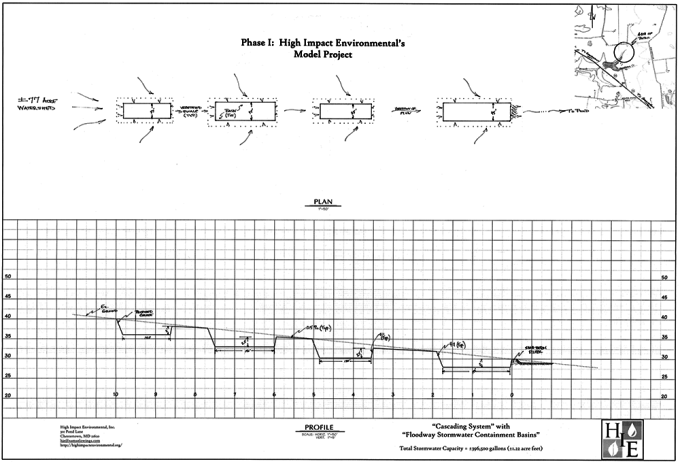Programs

Splash Erosion
“Devoted to the micro management of storm water by educating promoting and implementing storm water control.”
When a drop of rain water falls from the sky, and contacts our land, at that moment it becomes a natural resource. In the past, this natural resource has been mostly ignored. The storm water flows rogue into our tidal waters, dipositing silt, nutrients, and other pollutants, doing harm to our estuaries. High Impact Environmental in Chestertown, Maryland is committed to educating, promoting, and implementing a cost feasible way of controlling storm water nutrient pollution.

Tropical Storm Andrea hit June 17th dropping 3.2″ of rain, after 6 days and several other storm events for total of 5.4″ their was zero discharge from the Cascading System
“There is a solution to nutrient pollution”
|
We provide a service to our environment and community by servicing our natural water resources. High Impact Enviornmental will take storm water which is a negative, and turn it in to a positive, by capturing the water, storing it, and using it in a positive way for irrigation, recreation, wildlife habitat, and replenishing ground water. The advantages of this concept are numerous, most important is the improved water quality of the Chesapeake Bay and it’s tributaries, which would have the potential to revive the declining shellfish industry, improve recreational sport fishing, and restore the growth of native bay grasses. At the same time it will remove pressure of water quality advocates on farmers, so farmers can continue to farm in a maximum production environment. |
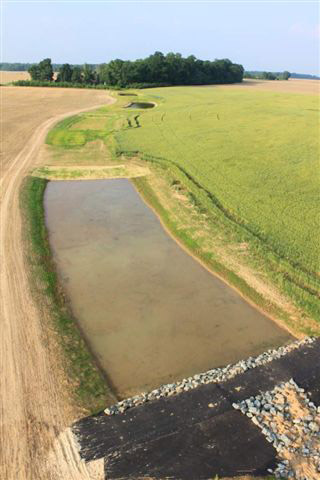 Phase I of HIE’s Model project, 4 “Cascading System of Floodway Stormwater Containment Basins” #8,877,048 B1 |
HIE has a program in progress that involves the implementation of eight “Containment Basins” on the lands of Hambleton Creek Farms. Some of these will be free standing and others will be constructed in a more effective “cascading system”.

A “cascading system” is where a series of Containment Basins are constructed starting at the higher elevations, placed in a grass waterway/drainage ditch, working to the lower elevations with the last one placed at the edge of an existing stream, wetland, river, or bay . Each of the Containment Basins is designed to capture approximately 10,000 cu. ft. of stormwater.
The stormwater is then able to leach into the ground or evaporate. Strategic vegetation and or trees can be planted in the Containment Basins to absorb the nutrients that are deposited by the stormwater. The objective of this “cascading system” is to achieve zero discharge of stormwater into the streams, rivers, and bays.
Over time this system will replenish the ground water, raising the water table which will cause springs and streams to form where they haven’t been for decades. These fscb’s will also create excellent habitat for waterfowl, deer and a many native species of wildlife and vegetation.
This project is intended to be a “model pilot project” that will be used for showcasing the effectiveness of this type of stormwater control system. HIE plans to use this project for the purpose of educating farmers, landowners, media and the general public about its cost feasible stormwater control practices.
FSCB Engineered Model Project Plan (.pdf)
Facts
Phase 1 of High Impact Environmental’s “Model Pilot Project” using a “Cascading System” with 4 “Containment Basins” is completed, total cost of phase 1, $46,797 to control stormwater runoff from a 112 ac. drainage area, or $417 per acre.
- 52,867 cu. ft. of storm water contained or 396,502 gallons. At a cost of $.085 per gallon.
- A farmer receiving the maximum cover crop payment of $65 per acre, 9 years of payments would cover implementation cost of this practices.
- 25% of the land area in Chesapeake Bay watershed is in agricultural use.
- 87,000 farms in Chesapeake Bay watershed or 8.5 million acres.
- @ $417 per acre to control stormwater runoff, total cost, $3.5 Billion to control agricultural stormwater in the entire CB watershed.
- Money spent since 1984 in CB cleanup effort, $6 Billion
The main sources of nutrient and sediment pollution are agriculture, urban and suburban runoff, wastewater, and atmospheric deposition (Figure 2).

Chain Filter
Chain Filter Abstract:
An earthen chain filter system established generally across a slope such as an agricultural field or municipal park. The system comprises a series of earthen basins oriented such that their upstream borders are aligned to capture variously directed stormwater runoff from the field or park. Along each basin border opposite to the upstream border is extended a generally earthen berm for the purpose of preventing basin overflow. Each earthen basin is further defined by lateral side borders interconnecting the basin upstream border and basin opposite border. Each earthen berm extends beyond the basin lateral sides to conjoin berms of adjacent basins so as to avoid loss of runoff from and around the basins.
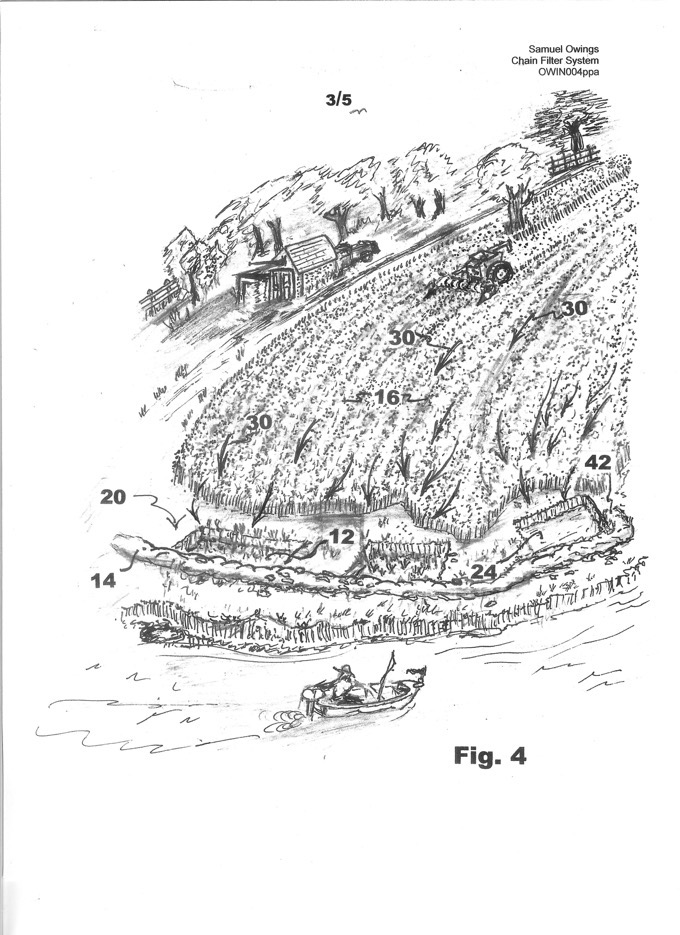
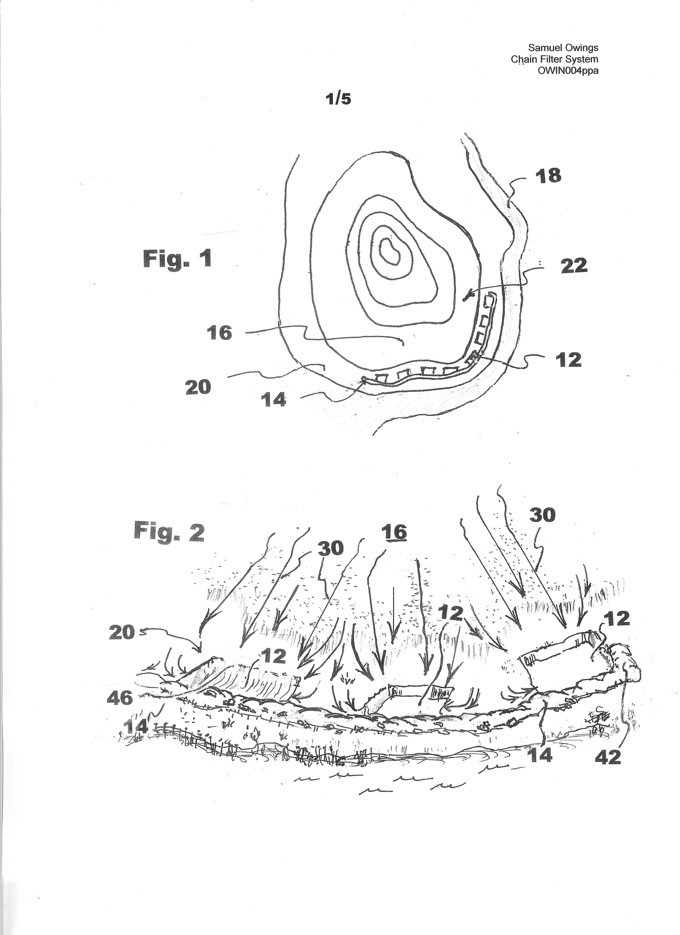

Before Photo:
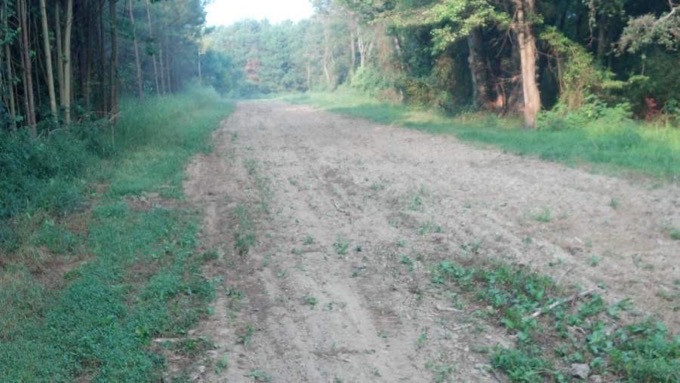
After Photos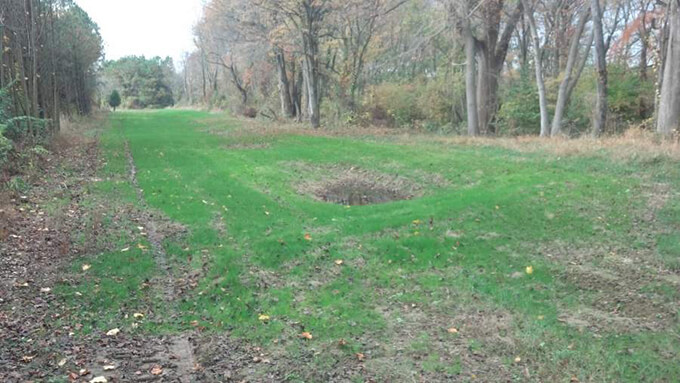 :
:
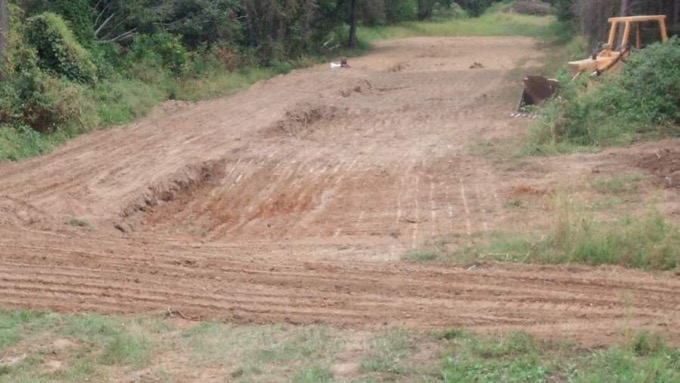
Event Photo:

If you’re thinking of paying someone to complete your essay, there are many options to consider. You can try essay writting services essay mills where they employ authors with different backgrounds. These authors provide exceptional quality work, with accurate information and unique ideas. They can even place multiple orders and assign the most experienced writer for each. There are several advantages to the use of mills for essays, and here are three of them.

